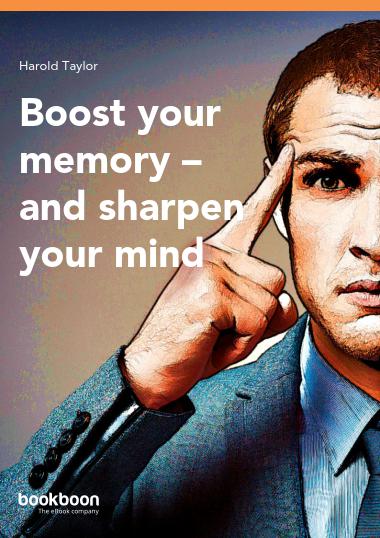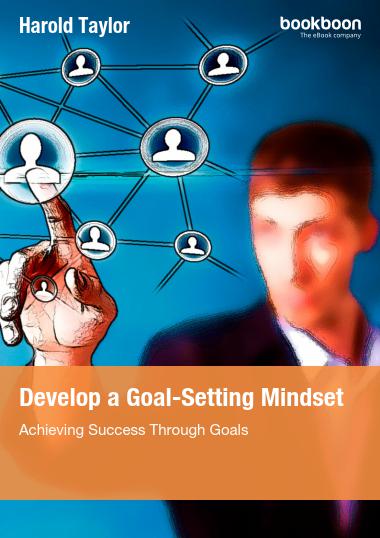The information or memory is stored in different places in their brain. What they see goes to the visual cortex in the occipital lobe. What they hear goes to the auditory cortex in the temporal lobe. What they taste goes to the insular-opercular cortex, and so on. Then they are all rerouted to the other neural destinations as their brain works to recognize and evaluate the incoming information. It all takes a fraction of a second.
The structure that weaves these memory traces into a unified experience is the hippocampus, which in turn works with other regions, such as the amygdala and the prefrontal cortex to evaluate the importance of incoming information. Data they do not need is deleted and relevant data are consolidated into long-term storage for future use.
You have an amazing brain. Whatever you focus on, what impresses you most and you deem important, is retained. The memory is influenced by your mood, surroundings, and other circumstances. You encode memories more strongly when you are in a highly emotional state or the item is unusual or has significant meaning, or you are playing close attention to it. You remember what you really want to remember, and soon forget the rest. That is one reason multitasking works against memory and mindfulness works in its favour.
There are several ways you can memorize information so that it is transferred to your long-term memory. You can say it aloud, write it down, repeat it many times, test yourself to see if you can recall it, review it daily, and so on – all traditional ways of memorizing things by rote.
My eBook, Boost your Memory and Sharpen your Mind, published by Bookboon.com, covers this topic in detail, but here are a few of the more important ways of memorizing and improving your recall of those items committed to memory.
- Always understand any information before committing it to memory.
- Associate new information with information that you already know and can recall it easily.
- Make up a brief story, implanting the new information you wish to remember. The brain loves and remembers stories.
- Make up a rhyme or jingle that incorporates the new information, such as “30 days has September, April, June, and November.”
- Make up an acronym of the keywords you want to remember. Example: for the Great Lakes that border Canada and the USA, the word HOMES represents Huron, Ontario, Michigan, Erie, and Superior.
- Recall the information in the same location in which you memorized it, if possible.
- When memorizing anything, whether a list of names, facts, procedures, or skills, visualize them in your mind.
- Use body language as you memorize, gesturing as you proceed. Movement assists the memory and recall processes.
The more you memorize, the easier it becomes. It exercises the brain and increases neural connections. But if you don’t use it, you lose it. Pick up any book on memory training. It does not have to be mine. And follow some of the examples to memorize anything that you want to be able to recall later. It is fun, and it is useful – and it is cognitively healthy.
Successful People Read. A Lot.
What do Warren Buffett, Mark Zuckerberg, Elon Musk and Oprah Winfrey have in common? They all read - a LOT! If you want to be successful you need to read. We have over 30 short ebooks designed to get you booked up fast!



Recent Comments